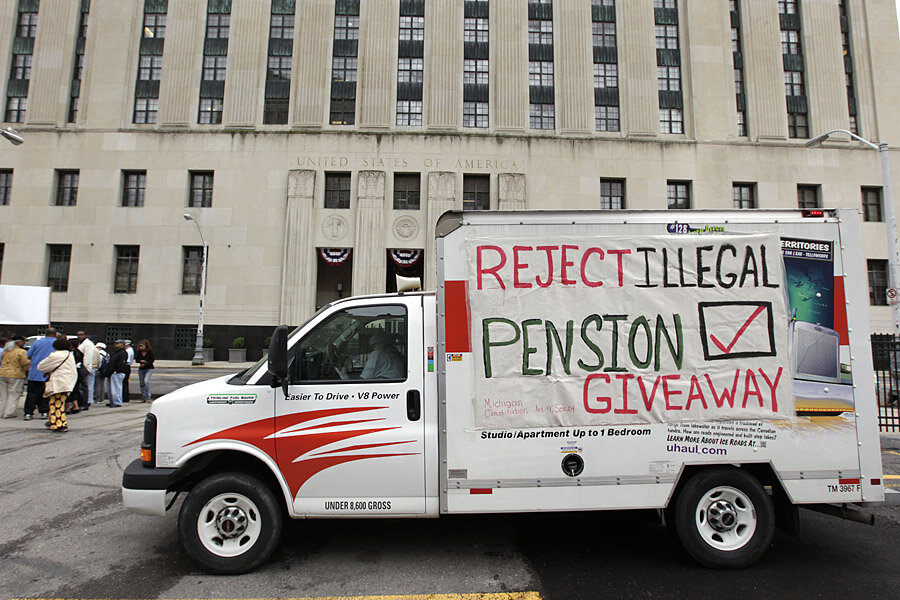In theory, it’s true: Defined benefit plans tend to offer a generous, secure retirement income to workers who stay with the same public or private firms for their entire careers. Most private sector employers switched over to defined contribution plans, like a 401(k), long ago, but the shift in certain public sector jobs has been met with considerable resistance.
In practice, however, pensions suffer from two limitations. First, it’s increasingly rare that a worker stays at one job throughout his or her entire working life. The average worker changes jobs every 4.4 years, according to the Bureau of Labor Statistics. Even that time span may be shrinking: 91 percent of Millennials, or workers born between 1977 and 1997, expect to stay at a given job less than three years, according to a Future Workplace survey, released in 2012. Such limited tenures with an employer can make it difficult to get vested in a pension plan, much less collect much from it. For a more dynamic workforce, movable retirement savings accounts, like 401(k)s, are more sensible options.
“The traditional pension plans generally provide lucrative retirement incomes to long-term employees but offer little retirement security to workers who change employers several times over their careers,” Richard Johnson, director of the Urban Institute’s Program on Retirement Policy, wrote in a study examining hundreds of public pension plans across the United States, released in April.
Second, a growing number of pension funds aren’t earning what they promise. A study released by CNBC last year found that only 17 US states were funding pension plans for their public-sector workers at 80 percent or more, a level generally seen as “financially sound.” Meanwhile, nine states – Hawaii, Alaska, Kansas, Rhode Island, New Hampshire, Louisiana, Connecticut, Kentucky, and Illinois– have set aside less than 60 percent of what they needed to fully pay retiree benefits.
Because pension benefits are constitutionally protected for the time being, that gap is causing crippling budget shortfalls in many states and municipalities, including Illinois, whose state pension funding is behind by an estimated $95 billion






